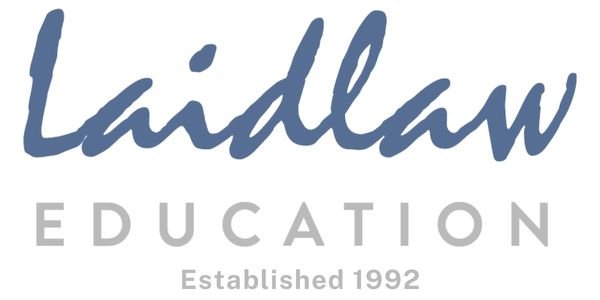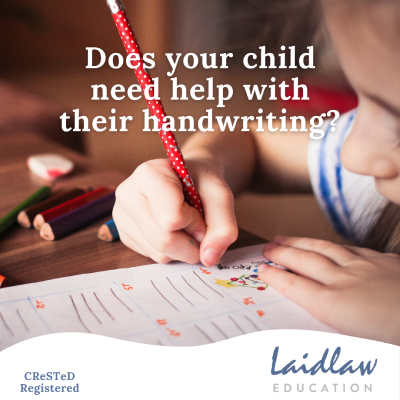Hands on Impact
When it comes to handwriting, check these “P’s”:
POSTURE: it is important that the child sits so that their body is supported and their feet are on the floor or bar. Making controlled movements with your hands and arms is difficult if you are wobbling about.
PENCIL: The conventional tripod grip (pen/pencil held between thumb and forefinger with the third finger behind) is very efficient, but some children need the extra control provided by additional fingers. The most important consideration is that the child can write comfortably, without pain or undue tiredness. Holding the pen/pencil about 2cm from the point so the writing can be seen is especially important.
PAPER: For easy movement, tip the paper about 30 degrees (lower edge to the right for right-handers; reversed for left-handers) and hold in place with the non-writing hand.
PRESSURE: Many children press heavily on the paper and grip the pen/pencil very tightly. This can cause tiredness. Carbon paper is useful to test pressure on the paper and encourage the child to hold the pencil as lightly as possible.
The ‘S’ factors concern the writing itself and form a checklist for good practice:
SHAPE: This is the most important ‘S’ to establish first. If your child is struggling with joined writing, check that he/she knows how to make each letter on its own.
SITTING: Having the letters on the writing line is the easiest ‘S’ to understand and is a good start for an older student’s analysis.
SIZING: This is important for legible writing; children need to understand the different heights of the letters (sky, forest, under-ground are useful labels). Students can test their success by drawing a coloured line along the tops of the small letters.
SPACING: This is also important for easy reading; preferably not measured with a finger, which grows larger as the child’s writing decreases.
These four ‘S’s are important parts of legible writing that are then followed by Stringing (ie joining), which has many advantages and most children can accomplish if practiced in easy stages, and Speed (being able to write quickly is a necessary skill in school). A regular Slant improves the appearance of writing, but is of lesser importance for a student who is experiencing difficulty.
Gwen Dornan is a member of the Laidlaw Education team, teaching handwriting to a wide range of children. With over 30 years’ experience of specialising in handwriting teaching, Gwen has been a long-time member of the National Handwriting Association and served on the committee for a number of years, including a period as Vice-Chair


